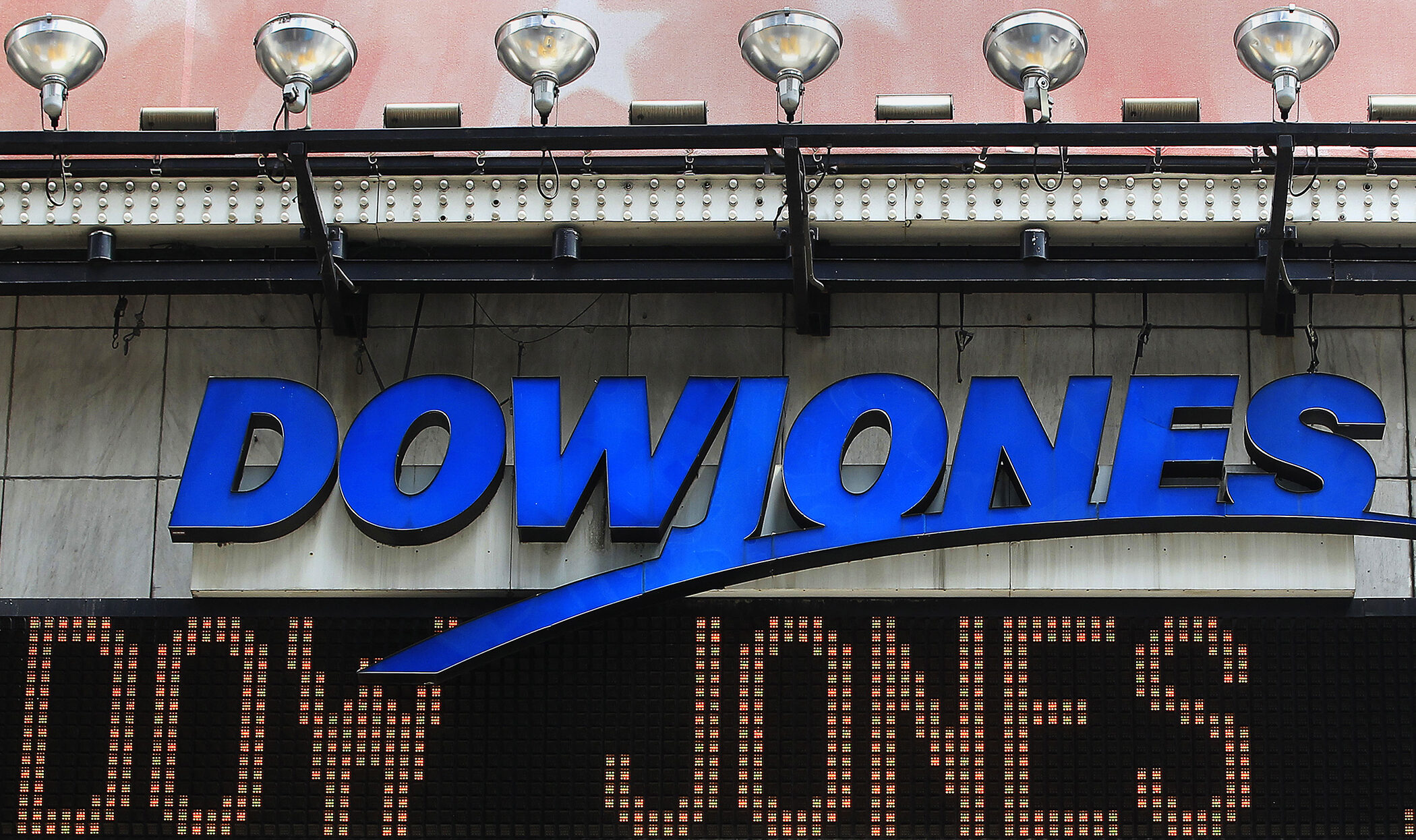Photo: YouTube
The UWI St. Augustine, Trinidad & Tobago — On April 9, at 8:41 am, an eruption column (cloud of ash) began rising above the La Soufrière volcano located in Saint Vincent and the Grenadines.
This signalled that the volcano moved to an explosive phase following three months of effusive eruption, magma extrusion and more recently, tremor and volcano-tectonic (VT) seismic activity.
Leading up to Friday morning’s eruption, a scientific team at The University of the West Indies Seismic Research Centre (UWI-SRC) has been stationed on the island since December 2020 when activity was first detected. On April 8, the team recorded seven bands of tremor at two and a half hour intervals. A small volcano-tectonic swarm was also detected. Elevated periods of steam and gas venting coincided with the tremor.
The UWI-SRC’s scientific team on island, currently led by Geologist, Professor Richard Robertson immediately briefed Prime Minister of Saint Vincent and the Grenadines, Dr. Ralph Gonsalves and his cabinet, together with the country’s National Emergency Management Organisation (NEMO). This triggered escalation of the alert level and subsequent evacuation for the declared red and orange zones on the islands.
According to UWI-SRC Director, Dr. Erouscilla Joseph:
“The Belmont Observatory in Saint Vincent is manned 24 hours by UWI-SRC staff who are observing the volcano and monitoring data, including seismicity, ground deformation as well as conducting ongoing field sampling of ash fall which will be sent for geochemical analysis. The team continues to provide support to NEMO and the Government of Saint Vincent and the Grenadines.”
Professor Robertson has reported that the height of this morning’s eruption column is estimated at 10km and parts of the country as far south as Belmont and Barroullie have been affected by ash fall although most of the ash has gone to sea. He noted that once explosive eruption started, it is likely that others can occur and advised that the first one may not necessarily be the biggest. He also said areas to be affected by pyroclastic flow (fast-moving hot gas and volcanic material) and surges are those communities identified as red and orange zones; the rest of island (in yellow and green zones) may be impacted by ash depending on wind direction.
The scientific team has cautioned that neighbouring islands and regional aviation interests can also expect to be impacted by volcanic ash. The volcanic ash poses a significant threat to flight safety. It is estimated that phases of explosive eruption are likely to continue for days and possibly weeks.
Updates on activity at La Soufriere Volcano in Saint Vincent and the Grenadines are available via The UWISRC’s social media platforms on Facebook and on Twitter.
About The UWI Seismic Research Centre (UWI-SRC)
The Seismic Research Centre was set up in 1953 and became part of The UWI in 1962. From its headquarters in Trinidad, it operates a volcano and earthquake monitoring network throughout the English-speaking Eastern Caribbean islands extending from St. Kitts & Nevis to Trinidad & Tobago. The UWI-SRC is responsible for monitoring earthquake and volcanic activity in these islands. The region in which these countries are located is seismically active and historically has been the site of earthquakes of magnitude greater than 8.0. There are at least 19 live volcanoes in the region, which have been the sites of numerous eruptions, most recently in Montserrat (1995-present), Dominica (1997, phreatic) and St. Vincent & the Grenadines (2020-present). The UWI-SRC currently manages the Montserrat Volcano Observatory (MVO), which is responsible for monitoring the on-going eruption of the Soufriere Hills Volcano.
About The UWI
For over 70 years The University of the West Indies (The UWI) has provided service and leadership to the Caribbean region and wider world. The UWI has evolved from a university college of London in Jamaica with 33 medical students in 1948 to an internationally respected, regional university with near 50,000 students and five campuses: Mona in Jamaica, St. Augustine in Trinidad and Tobago, Cave Hill in Barbados, Five Islands in Antigua and Barbuda and an Open Campus. As part of its robust globalization agenda, The UWI has established partnering centres with universities in North America, Latin America, Asia, Africa and Europe including the State University of New York (SUNY)-UWI Center for Leadership and Sustainable Development; the Canada-Caribbean Institute with Brock University; the Strategic Alliance for Hemispheric Development with Universidad de los Andes (UNIANDES); The UWI-China Institute of Information Technology, the University of Lagos (UNILAG)-UWI Institute of African and Diaspora Studies; the Institute for Global African Affairs with the University of Johannesburg (UJ); The UWI-University of Havana Centre for Sustainable Development; The UWI-Coventry Institute for Industry-Academic Partnership with the University of Coventry and the Glasgow-Caribbean Centre for Development Research with the University of Glasgow.
The UWI offers over 800 certificate, diploma, undergraduate and postgraduate degree options in Food & Agriculture, Engineering, Humanities & Education, Law, Medical Sciences, Science & Technology, Social Sciences and Sport.







